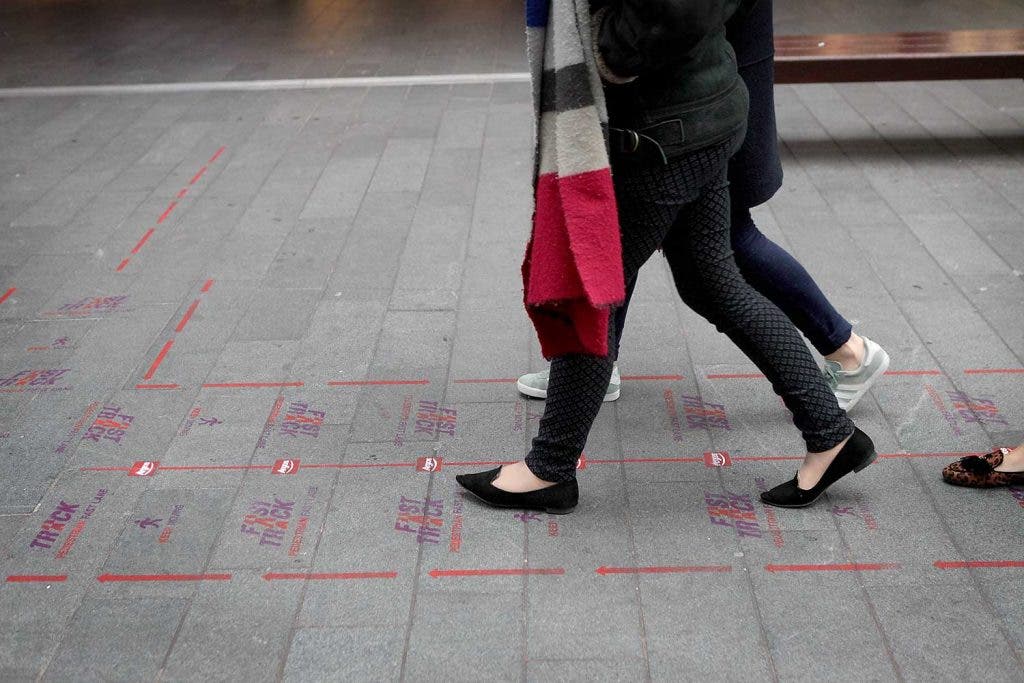As anyone who’s visited a big city knows, few things are more annoying than being stuck behind meandering tourists when you’re trying to get somewhere fast. Now, the British city of Liverpool has come up with an ingenious solution: fast walking lanes.

I often complain that crowded sidewalks are too difficult to navigate: you’ve got people strolling around, tourists, lovers holding hands, rushed businessmen trying to get to work, window shoppers, people talking on their phones… it’s a mosaic of different speeds and walking patterns, and it can be annoying for everybody. If you want to enjoy the view and smell the roses, it’s a complete moodkiller to see people rushing around you, and if you want to get somewhere fast, slow walkers can be quite a pain.
Retailer Argos conducted a study focused specifically on shoppers and window shoppers and found that for almost half of Brits (47%), slow walkers are the most annoying part of shopping – so they set up fast walking lanes. Sure, for now, it’s more a publicity stunt and it only exists in one place outside an Argos shop, but it’s a start. The fast walking lanes have been painted on the pavement, and create a walkway for those who want to power through the shopping centre and dodge the shopping crowd.
It seems that dividing sidewalks in one way or another is another step in creating optimized, smarter cities. In 2014, National Geographic created lanes on a city block in Washington DC in the US that divided pedestrians that were using a mobile phone from those that weren’t – but people didn’t really care about the guidelines. In Liverpool this can work, and if it can work for a shop, it could work for shopping-rich streets and then spread on.
“Shoppers have also told us that speed is critical when simply getting around the high street or town centre, so we want to test consumer reaction to a dedicated pavement fast lane,” independent retail expert Alastair Moore said in an interview. “The pedestrianised fast track lane is a great way of making this possible and with nearly 30 million Brits saying they’d like one on their own high street, the pilot is set to be a success.”
What do you think about this approach? Is it necessary and useful, or will it needlessly complicate pedestrian life even more?






